ECB Governing Council member Jozef Makuch said risks to the Eurozone are broadly balanced and the central bank’s stance was correct. He added policy makers were “not underestimating the risks” but “analyzing them”. And, “based on what we know now, the development is stable, risks are balanced, with some downside risks to GDP growth.” He also noted there is no reason to “spread gloomy mood or panic”.
Makuch also pointed out that Trump is like an “unguided missile” and the unpredictably of his policies is the biggest risks of the Eurozone economy. He noted that the erratic nature of Trump as “he says something and in the end something else happens”. Meanwhile, he played down risks from emerging markets and said the governing council sees no signs of spillover.
Meanwhile, Makuch is considering stepping down early as head of Slovakia’s central bank. He’s term supposedly end in 2021. He noted that the elections in spring 2020 would be highly divisive. That could lead to the post being vacant for an extended period. To him, Finance Minister Peter Kazimir would be a “good governor” to replace him. He hailed that Kazimir “Ecofin deals with all important monetary issues”, so the lack of experience in central banking is not a problem.




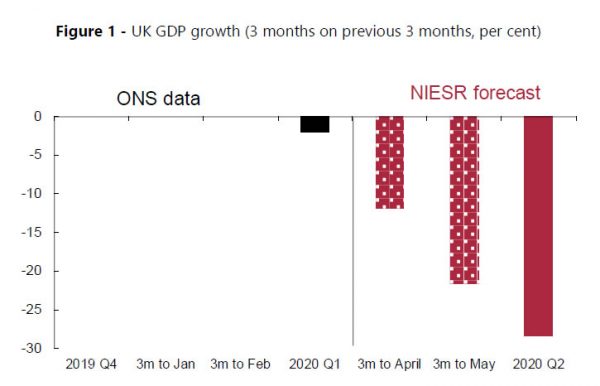
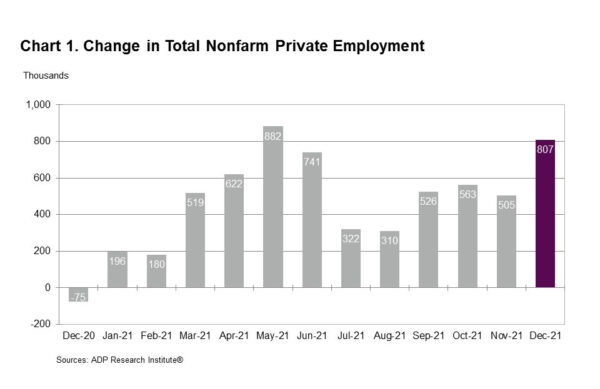

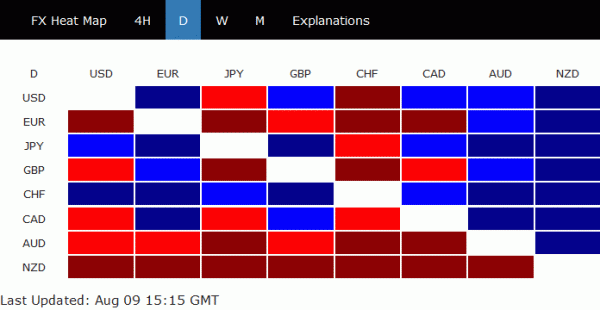

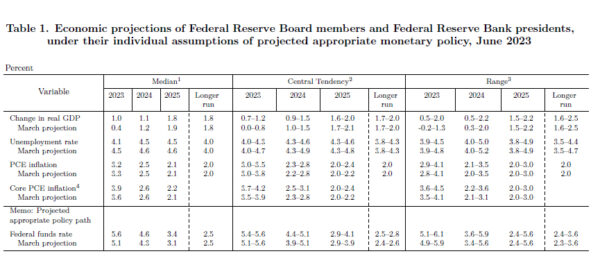
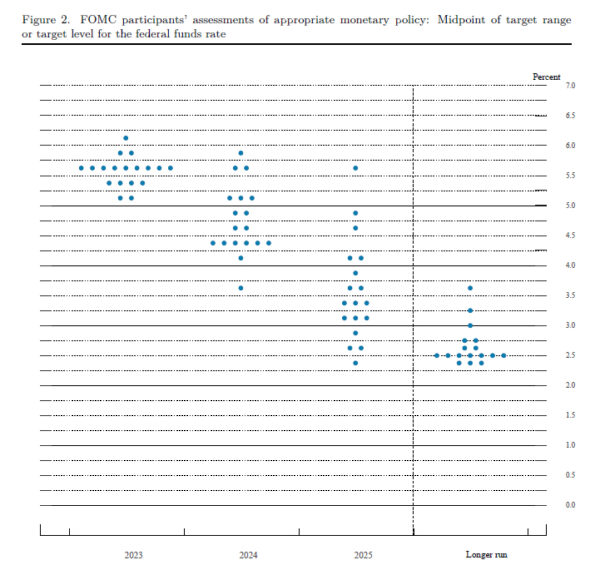

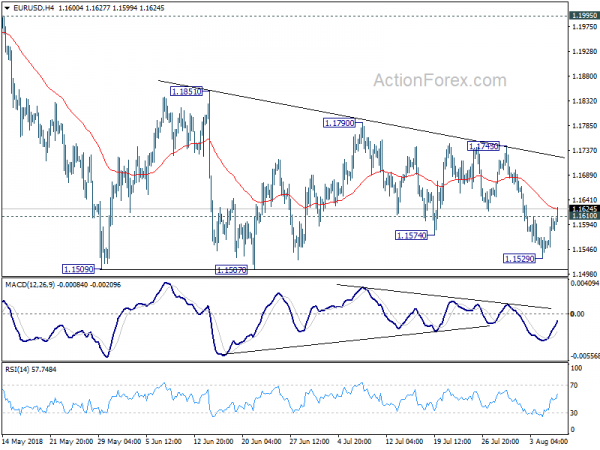
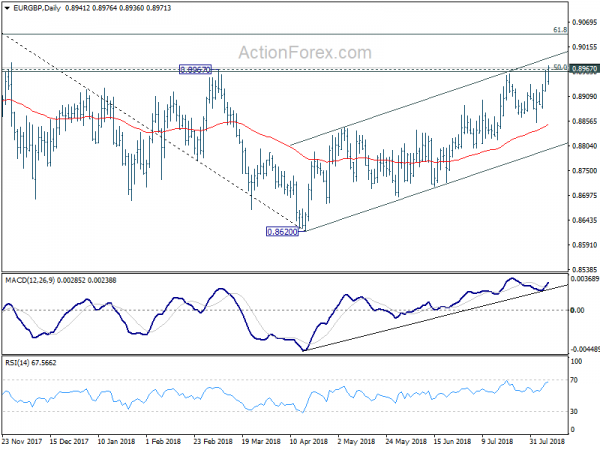
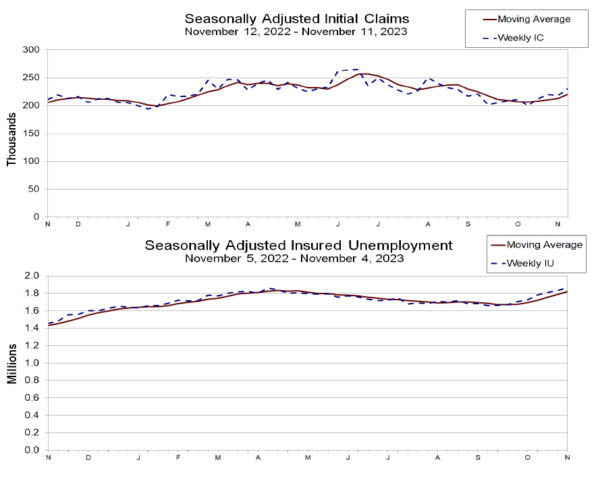
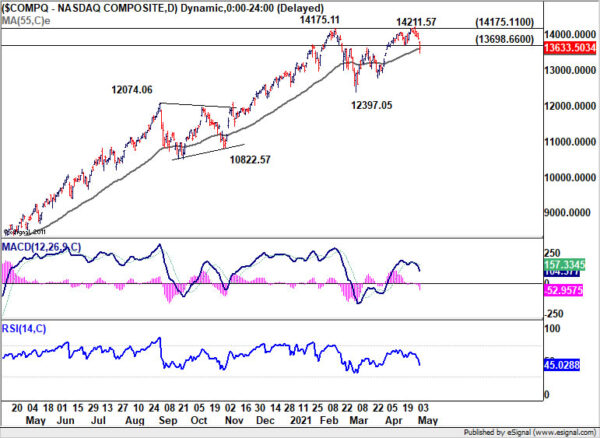
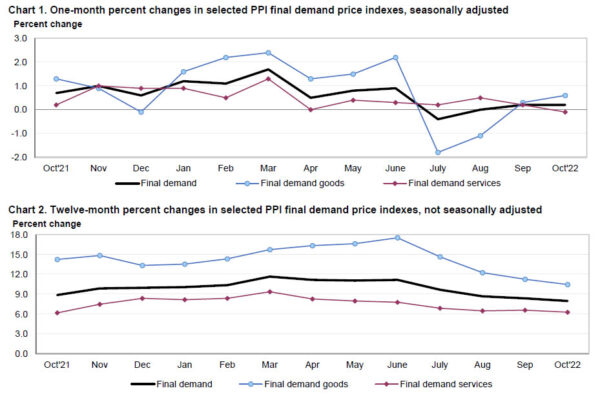
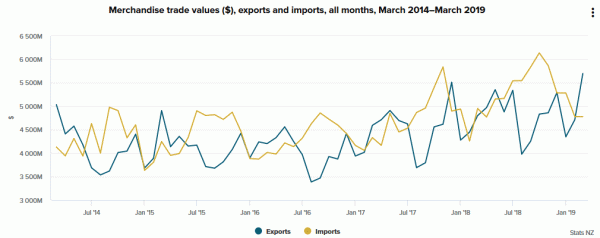
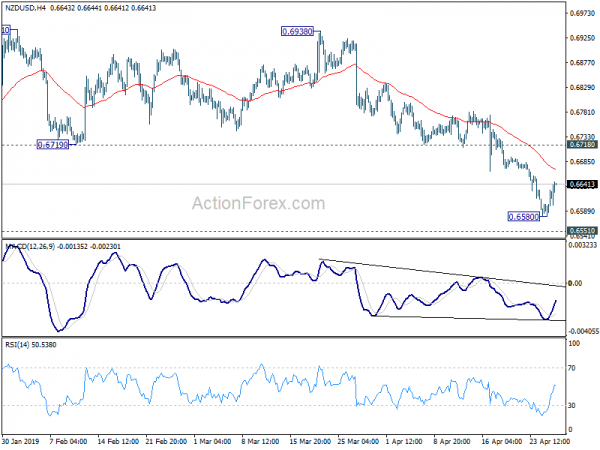
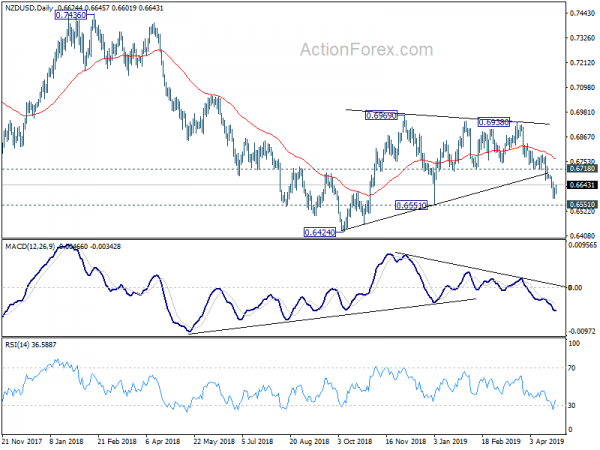
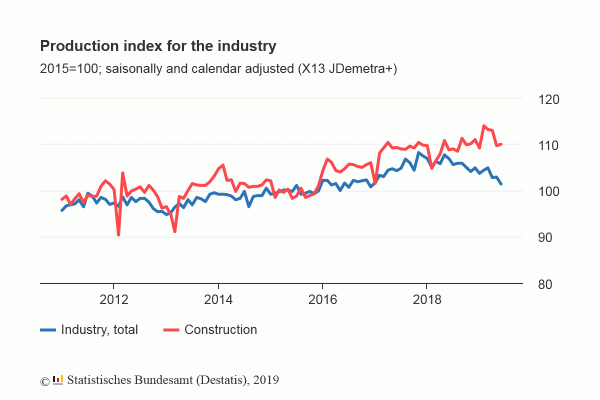
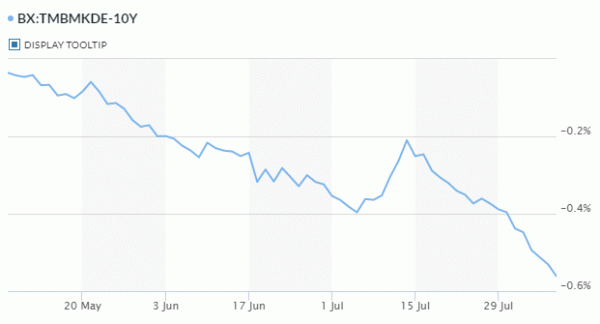
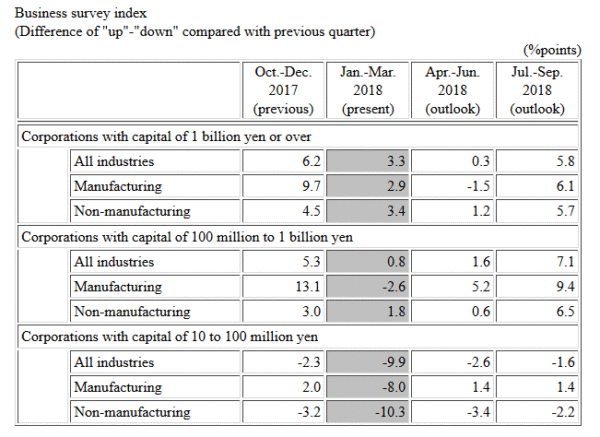

Australia business condition dropped as private sectors lose momentum, EUR/AUD resumes up rally
Australian NAB Business Condition dropped again in May to 1, down from 3. Private sector continues to lose momentum. Goods distribution industries remain particularly weak, and manufacturing is not far behind. Business Confidence jumped from 0 to 7, in a post-election spike, as well as on RBA rate cut expectations. However, forward looking indicators suggest more weakness lies ahead.
Alan Oster, NAB Group Chief Economist noted “business confidence saw a sharp increase in the month following the Federal election and a confirmation from the RBA that rates would be cut in June. We think this will be a short-term spike given other forward-looking indicators saw further deterioration in the month. Forward orders declined further and in addition to being well below average are negative. Capacity utilisation has also pulled back in 2019 to date and is now a touch below average”.
“While confidence, at least at face value was a positive outcome, business conditions deteriorated further. Trading conditions and profits are particularly weak. The employment index which we are watching closely, partially reversed some of its decline last month, but is only around average”.
Full release here.
EUR/AUD breached 1.6262 resistance late yesterday as rise from 1.5683 is resuming. Next near term target is 61.8% projection of 1.5683 to 1.6262 from 1.6052 at 1.6410.